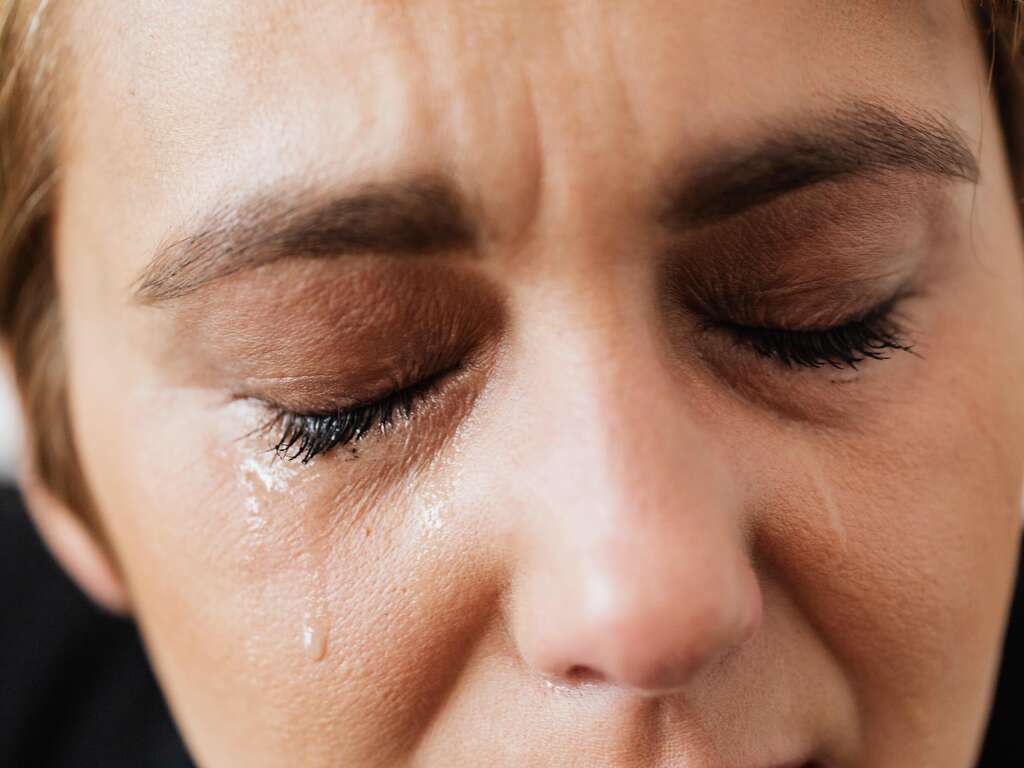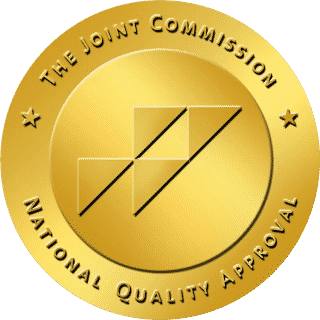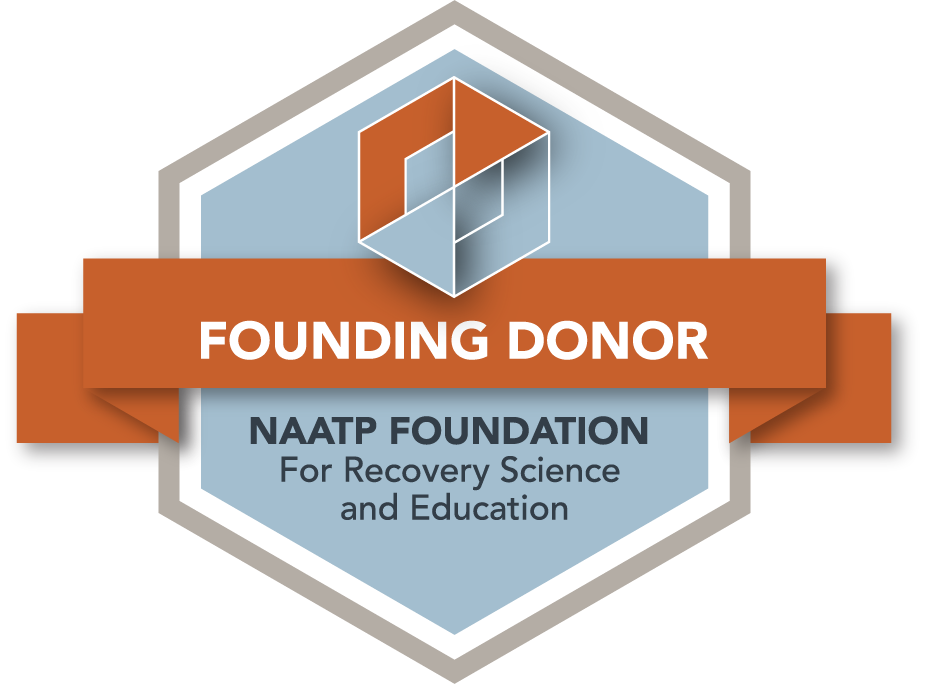Anxiety is one of the most prevalent mental disorders in our culture, with more than 40 million adults in the US having at least one form of anxiety disorder. This mental health disorder is discussed openly but there are still many misconceptions and myths which confuse those who wonder if they have it versus normal anxious feelings.
We at La Hacienda Treatment Center want to dive deeper into this topic to provide more insight for those struggling with anxiety. Keep reading to learn more about types of anxiety disorders, the different types, risk factors, and what help is available for them.
What Is an Anxiety Disorder?
Everyone will feel anxious occasionally, especially during job interviews, life-changing events, and other emotionally charged scenarios. People with anxiety disorders can feel anxious most of the time. They can have panic attacks, irrational or intense fear, insomnia, and excessive worry over the smallest things.
These overwhelming symptoms can cause people with anxiety disorders toe be unable to live normal lives. With a severe disorder, they may have difficulty with daily activities; just the thought of starting a task can result in a panic attack.
Anxiety disorders can affect relationships, social life, and other forms of interaction with the outside world, which is why anxiety can result in isolation. It’s no surprise that there’s an established link between anxiety and depression; the two often appear together, with each one feeding into the other.
The exact cause of an anxiety disorder is as varied as its types. From past traumatic events to genetic and environmental factors, many things can trigger anxiety disorders in people. This assortment of symptoms, triggers, and factors makes people who suffer from anxiety and mental health disorders a diverse group.
Anxiety Disorders
There are many types of anxiety disorders, and each has its own set of symptoms and treatments available. Here are the seven most known in the medical field.
Generalized Anxiety Disorder (GAD)
Generalized anxiety disorder is one of the most prevalent types of anxiety disorders. According to the Anxiety and Depression Association of America (AADA), anxiety affects more than 6.8 million adults in the US, with the median onset age being 31 years old. Still, kids as young as eight years old can begin to exhibit symptoms of GAD.
Many people are left undiagnosed
Many people are left undiagnosed because of the stigma surrounding anxiety and mental health disorders. However, thanks to mainstream discussions about GAD, there’s hope that more people are getting treatment.
As the name implies, generalized anxiety disorder is the label for people who feel symptoms of anxiety without any specific cause or trigger. They usually feel excessive anxiety about many things or nothing at all, which can lead to difficulty concentrating and overall excessive fear. The duration also matters since other anxiety disorders usually have shorter durations. On the other hand, GAD can last for months to years if left untreated.
Separation Anxiety Disorder (SAD)
Separation anxiety disorder, or SAD, is a type of anxiety disorder that manifests when someone is left by a family member, a close person, or a pet. Sometimes, it can happen to people attached to a physical space. When they’re away from these people or places, they start feeling symptoms of anxiety such as excessive worry, sleeplessness, and reluctance to be alone.
SAD often occurs in children, though they must be having symptoms for at least four weeks before a psychiatrist can officially diagnose them, according to the criteria of the diagnostic and statistical manual. This waiting time differentiates between kids who are just initially anxious about being separated from parents versus those who genuinely have SAD. It can still happen with adults for the same reasons, though stigma can prevent them from getting the treatment.
Panic Disorder
Panic disorders, in general, have the most physical symptoms among other anxiety disorders. A person with a panic disorder will have sudden panic attacks with no discernable triggers or actual danger present. However, once they start, the patient feels intense anxiety and terror that quickly overwhelms them. This is often accompanied by rapid heartbeat, sweating, hives, nausea, and a host of other physical symptoms on top of the mental symptoms.
A panic attack usually lasts for five to ten minutes, but the effects can linger for hours afterward, leaving the person with symptoms similar to those of a physical illness. In some cases, a person with a panic disorder can develop fears of places or situations where panic attacks often happen, leading to phobias.
Post-Traumatic Stress Disorder (PTSD)
As the name implies, Post-Traumatic Stress Disorder, commonly referred to as PTSD, develops after particularly traumatic events. Many people associate this anxiety disorder with veterans and members of the military, but it more commonly occurs in victims of sexual assault, abuse, or physical and emotional violence.
The most common symptom of this mental illness is severe anxiety and panic symptoms when confronted with the memory of the traumatic events. People with PTSD often have recurring nightmares, intense fear, intrusive thoughts, and physical reactions that can hinder them from living a normal life. PTSD also has a clear connection with depression, and those who have it are more likely to develop the latter.
Obsessive-Compulsive Disorder (OCD)
Popular culture tends to make fun of obsessive-compulsive disorder, often called OCD, but it’s a very real and severe mental illness with anxiety-based symptoms.
OCD is not just the need to make sure that everything is level or in order; those who have OCD display repetitive behaviors called compulsions and a pattern of unwanted thoughts and fears called obsessions.
People with OCD can’t help but perform repetitive behaviors, because ignoring the urge to do them causes severe distress and anxiety. Often, these habits take over their daily life, so they end up spending more time or thoughts on them instead of their tasks or relationships.
Specific Phobias
Phobias are one of the most recognized types of anxiety disorders. These involve intense fear over specific triggers. Phobias are classified into several types, with the most common specific phobias being:
- Agoraphobia, or a fear of crowded places
- Acrophobia, or a fear of heights
- Arachnophobia, or a fear of spiders
- Pteromerhanophobia, or a fear of flying
- Claustrophobia, or a fear of tight spaces
- Trypanophobia, or a fear of needles
Social Anxiety Disorder
Social anxiety disorder, previously called social phobia, is the fear of being in a social setting. People with social anxiety disorder are afraid of being judged. No matter how hard they try to “get over it,” it’s not something they can control. It’s distinct from shyness, which is a short-term issue that doesn’t typically get in the way of a person building relationships.
Selective Mutism
Selective mutism is a type of anxiety disorder where a child refuses to speak in particular settings or situations. They still talk to close family members or a select few others but interacting with strangers and other unfamiliar faces causes intense anxiety and fear. While it can go away during childhood, selective mutism can persist into adulthood. This causes difficulties when forming relationships and performing tasks that require social interaction. In most cases, these people have some level of social anxiety as well.
General Risk Factors
As we’ve mentioned, there aren’t any definite factors that cause anxiety disorders. The exact mechanisms that trigger these issues are still unknown, making it difficult to prevent them. That’s why it’s good to learn the risk factors that can make someone more likely to develop anxiety disorders.
Genetics
Those with relatives or family members with anxiety disorders are more likely to develop one themselves.
Traumatic Event
Experiencing a traumatic event like an accident, the death of a loved one, abuse, or violence can cause an anxiety disorder.
Stress
Constant or built-up stress can cause people to develop anxiety symptoms. That’s why stress management is essential, especially in demanding jobs or roles.
Medication or Substance Abuse
Some prohibited drugs and prescription medications can alter neurotransmitters and brain chemistry. This may result in a variety of mental health issues, including anxiety.
Comorbidity
Having depression, bipolar disorder, and other mental health issues can make someone more prone to developing an anxiety disorder as well.
Diagnosing Anxiety Disorders
To diagnose anxiety disorders, a doctor first evaluates the patient’s physical health and medical history to rule out other physiological conditions that could be causing their anxiety. If these are not present, the doctor typically refers the patient to mental health professionals.
With a psychiatrist, the patient undergoes several tests so they can provide a diagnosis. These include psychological evaluations where the patient has to discuss their family’s history with mental illness, some events that are currently affecting their mental state, and how symptoms are impacting their life. Psychiatrists will also ask about medications the patient is currently taking, as these can cause some people to develop anxiety disorder symptoms.
Once the initial assessments are done, the psychiatrist will set up a feedback appointment to discuss the diagnosis with the patient. They can then talk about ways to treat anxiety disorders so the patient can begin their journey to recovery.
Treatments for Anxiety Disorders
Modern mental health research has allowed healthcare professionals and specialists to provide an array of treatments for anxiety disorders. Since each classification has different causes and triggers, they have specific therapy and medications to treat them. Here are the most common remedies used today.
Anti-Anxiety Medications
Anti-anxiety medications are a class of prescription drugs used as long-term and immediate treatment for a range of anxiety symptoms. They work by altering the brain chemistry to process more serotonin and dopamine. When the brain processes more of these mood-stabilizing hormones, the mechanisms that trigger panic attacks or feelings of worry are reduced. Medications are usually taken in tandem with other types of therapies for quicker recovery.
Talk Therapy
Talk therapy, or psychotherapy, is a broad term for therapies used to treat mental illnesses like anxiety disorders. These treatments involve in-depth discussions of various aspects of a patient’s life, allowing the therapist to determine what could be causing their anxiety disorders.
Cognitive-Behavioral Therapy
Cognitive-behavioral therapy (CBT) focuses on identifying thought patterns, habits, and behaviors that could be affecting how patients perceive what goes around them. In CBT, the psychiatrist or psychologist will help the patient determine what’s causing their way of thinking and provide methods to change this, especially during times when they feel anxiety.
Interpersonal Therapy
As opposed to CBT, which focuses on the self, interpersonal therapy is geared more towards assessing the patient’s relationship with other people. There are many cases when anxiety is caused by how the patient interacts with family members, friends, and workmates. By addressing issues with these relationships and suggesting ways to fix them, a psychologist can help the patient better manage their stress and anxiety triggers.
Psychoanalytic Therapy
While CBT focuses on present thought patterns, psychoanalytic therapy dives deeper into a patient’s way of thinking. This method allows a psychiatrist to find repressed emotions and deeply buried thoughts to help the patient determine why and how they think about certain situations or settings. This way, the patient and psychologist can understand why the anxiety disorder developed in the first place.
Exposure Therapy
Phobias have been in the mainstream consciousness for a long time, and so has one of the treatments used for them: exposure therapy. It’s a complicated procedure involving a lot of caution and careful exposure to situations and objects that can induce fear. Psychologists need to have sensitivity, skill, and patience to avoid worsening symptoms with additional trauma.
Exposure therapy focuses not just on phobias, but on SAD and PTSD as well, since these disorders also have triggers that patients must learn to face to heal from their symptoms.
Managing an Anxiety Disorder
It can be difficult to manage an anxiety disorder. This mental health issue can have debilitating effects that hinder living a normal life. However, with the right knowledge of mental health and sympathetic treatment, patients can learn to manage this mental illness.
While it does not cure anxiety disorders in the moment, abuse of certain substances is how some people manage stress. Drugs and alcohol are used to control fear and treat anxiety by self-medicating.
Anxiety disorders diagnosed in early childhood often lead to substance abuse. The La Hacienda team of onsite doctors, mental health professionals, and drug and alcohol counselors understand the need to relieve symptoms by using substances.
Treating Persons with Anxiety Disorders at La Hacienda
The co-occurrence of a substance use disorder with an ailment such as an anxiety disorder is common. While the SUD is the primary diagnosis, the La Hacienda medical and clinical staffs also treat co-occurring mental disorders.
From pending patients and their families, the admissions team gathers doctors’ orders, current medications, lab tests, physical signs, and physical health conditions as well as other information regarding mental health conditions.
La Hacienda’s on-campus medical team of board-certified doctors includes psychiatrists who are available to meet daily with patients and counsel them regarding mental health concerns.
The individual counseling sessions include cognitive-behavioral therapy to help patients recognize trigger situations and avoid relapse.
To learn more about how La Hacienda deals with anxiety disorders, contact our admissions team today.

Co-Occurring Disorders
Co-occurring Disorders are physical or mental illnesses that a patient has simultaneously. When a patient\’s condition is assessed before treatment, doctors will determine whether the disorders can be treated at the same time, or in which order they should be addressed.

Depression
Depression is a common but serious mood disorder. Its symptoms affect how one feels, thinks, and handles daily activities, such as working, eating, or sleeping. When symptoms are present for two weeks or longer a person can be diagnosed with depression.

Bi-polar
Chronic dramatic shifts in mood and energy can be symptoms of a mental illness known as bipolar disorder. According to the National Institute of Mental Health, about 4.4 percent of adults in the United States deal with bipolar disorder at some point in their lives.

PTSD
Post-traumatic stress disorder (PTSD) is a debilitating mental health condition that affects millions of adults in the United States. PTSD is a mental illness characterized by recurrent flashbacks of traumatic events, causing impairments in daily life.






